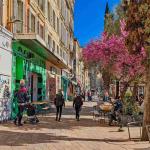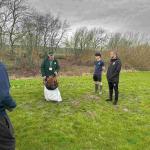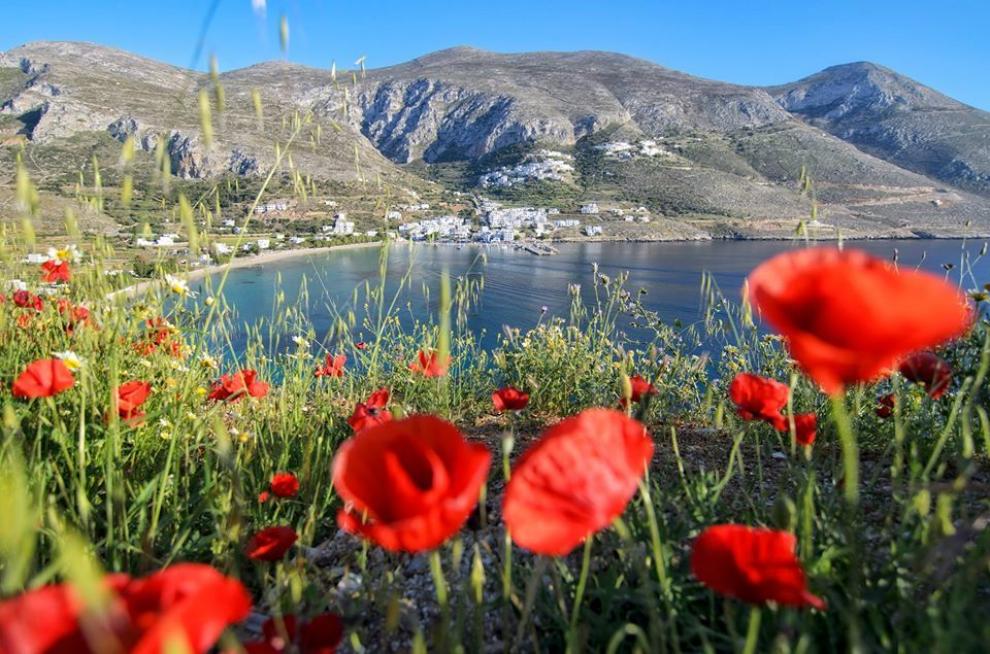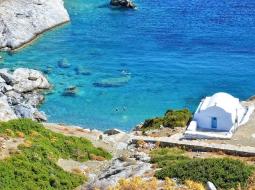Thessaloniki gets ready for its metro launch in November
The underground rapid transit lines have been under construction for almost two decades due to various project delays
 TheMayor.EU logo
TheMayor.EU logo 
The underground rapid transit lines have been under construction for almost two decades due to various project delays

The cross pinnacle on the Tower of Jesus Christ will be ready to receive visitors in 2026 on the centennial of Gaudi’s death

Now you can get your wine in Talence by paying directly in Bitcoin

That’s because the state has to spend money on updating the railway infrastructure rather than subsidizing the cost of the popular pass

Steffen Romstöck said that he would respect the residents’ choice and would take over the helm of the municipality, even if he didn’t run

The measure, which will come into force from 1 January 2025, will be partial and temporary…for now

Rethinking renewable energy sources for the urban landscape

But operating them is still illegal under the country’s legislation

The examples, compiled by Beyond Fossil Fuels, can inform and inspire communities and entrepreneurs that still feel trepidation at the prospect of energy transition

Now you can get your wine in Talence by paying directly in Bitcoin

Rethinking renewable energy sources for the urban landscape

The examples, compiled by Beyond Fossil Fuels, can inform and inspire communities and entrepreneurs that still feel trepidation at the prospect of energy transition

The underground rapid transit lines have been under construction for almost two decades due to various project delays

Plus, it has a unique modular design that allows it to be shortened and lengthened like a train

At least, that’s the promise made by the mayor of Paris, Anne Hidalgo

Despite its church-y name, the district has long been known as the hangout spot for the artsy crowds

At least, that’s the promise made by the mayor of Paris, Anne Hidalgo

Hostal de Pinós is located in the geographical centre of the autonomous region

On the eve of the new academic year, the ranking considers several distinct but essential factors


Following a successful trial phase, these quiet areas will now be available on all main routes in the country

The academic institution shows a deeper understanding of the well-being of its students











Traces of human life in Amorgos can be found all the way back in the 5th millennium BC. In its three ancient settlements the Cycladic and the Mycenaean civilizations flourished. Throughout the area’s history both the Milesians and the Naxians colonized Amorgos.
Amorgos was also a member of the first Athenian league. It consequently became dependent on the Macedonians, the Ptolemy’s, the samians, the rhodians and the romans.
The island underwent Christianization in the 4th century AC.
The constant pirate raids forced the inhabitants to use both the castle of Chora and the Kastri in Kati Méria as protective fortifications over the centuries.
Amorgos island is situated on the eastern end of the Cyclades between Naxos and Astypalea. The land area spans a total of 126.346 square kilometres and the population is around 2000 residents. There are two ports Katapola and Aegiali. The municipality of Amorgos is subdivided into the following communities: Aigiali, Amorgos, Tholaria, Lagada, Ormos, Katapola and Vroutsis. Chora is the capital.
Amorgos has three very well-developed economy sectors: tourism, agriculture and fishing.

Beautiful beaches all over the island and unique hiking routes offer an unforgettable experience in Amargos. Here you can visit also the Monastery of Panagia Hozoviotissa, a unique monument which was established in 1088 by the emperor Alexios Komninos. A must visit is also the shipwreck in Kalotaritissa. One must also not miss out on the local folklore museum.
Address: 840 08 Amorgos